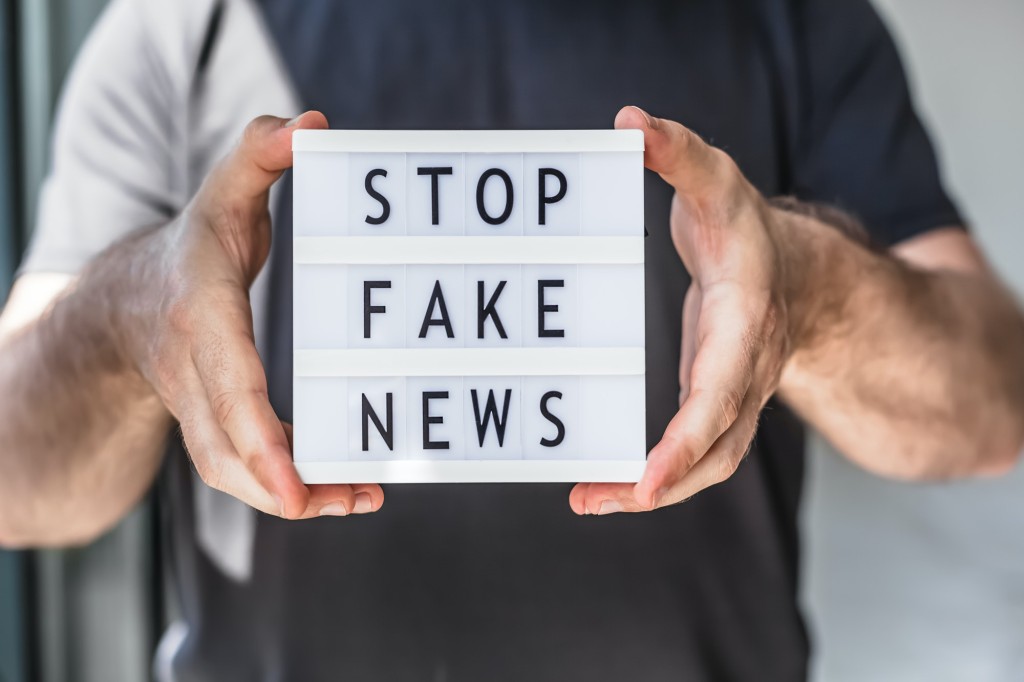
In today’s digital age, spreading misinformation and fake news has become a pressing concern. With the rise of social media platforms and the ease of sharing information, it has become increasingly difficult to discern fact from fiction. This phenomenon poses a significant threat to democratic societies, undermining public trust in institutions and hampering informed decision-making. To address this issue, it is crucial to understand the causes of misinformation and develop strategies to combat its spread.
One of the primary causes of misinformation is confirmation bias. People tend to seek information that aligns with their pre-existing beliefs, disregarding contradictory evidence. This cognitive bias creates an echo chamber effect where individuals are exposed only to information that reinforces their worldview, leading to a distorted perception of reality. Social media algorithms exacerbate this problem by tailoring content based on users’ preferences, further strengthening existing biases.
Another cause for concern is the deliberate creation and dissemination of fake news for political or financial gain. In recent years, there have been numerous instances where false stories have gone viral, influencing public opinion and even impacting elections. The profit-driven nature of online advertising incentivizes clickbait headlines and sensationalism, making it easier for fake news to gain traction.
To address this issue effectively, a multi-faceted approach is required. First and foremost, media literacy education should be integrated into school curricula from an early age. Teaching critical thinking skills can help individuals evaluate sources of information more effectively and distinguish between reliable journalism and propaganda.
Furthermore, social media platforms must take responsibility for their role in spreading misinformation. Algorithms should be redesigned to prioritize accuracy over engagement metrics such as likes or shares. Fact-checking organizations could collaborate with these platforms to flag misleading content or provide alternative perspectives when necessary.
Additionally, governments can play a crucial role in combating misinformation by enacting legislation holding purveyors accountable for deliberately spreading false information. However, it is essential to balance protecting the public from misinformation and safeguarding freedom of speech. Any regulation should be carefully crafted to avoid infringing upon citizens’ rights while addressing the issue effectively.
In addition to these measures, news organizations must also take steps to restore public trust in journalism. Fact-checking should become integral to news reporting, with journalists responsible for verifying information before publishing it. Transparency about sources and potential biases can help readers make informed judgments about the credibility of a news story.
Furthermore, collaboration between news outlets and technology companies could be beneficial in developing innovative solutions to combat misinformation. For example, artificial intelligence algorithms could be utilized to identify false or misleading content more efficiently.
Addressing misinformation and fake news requires a collective effort from individuals, media organizations, social media platforms, governments, and educational institutions. By promoting media literacy education, redesigning algorithms to prioritize accuracy over engagement metrics, enacting legislation that holds purveyors accountable for spreading false information deliberately, and fostering collaboration between different stakeholders, we can begin to tackle this pervasive problem.
Addressing misinformation and fake news is crucial for the preservation of democratic societies. By understanding the causes of misinformation and implementing strategies such as media literacy education, algorithm redesigns on social media platforms, legislation against deliberate spreaders of false information, increased fact-checking by journalists, transparency in reporting sources and biases, and collaboration between news outlets and technology companies; we can work towards restoring public trust in institutions while promoting informed decision-making among citizens. Only through collective efforts can we hope to mitigate the harmful effects of misinformation on our society.
